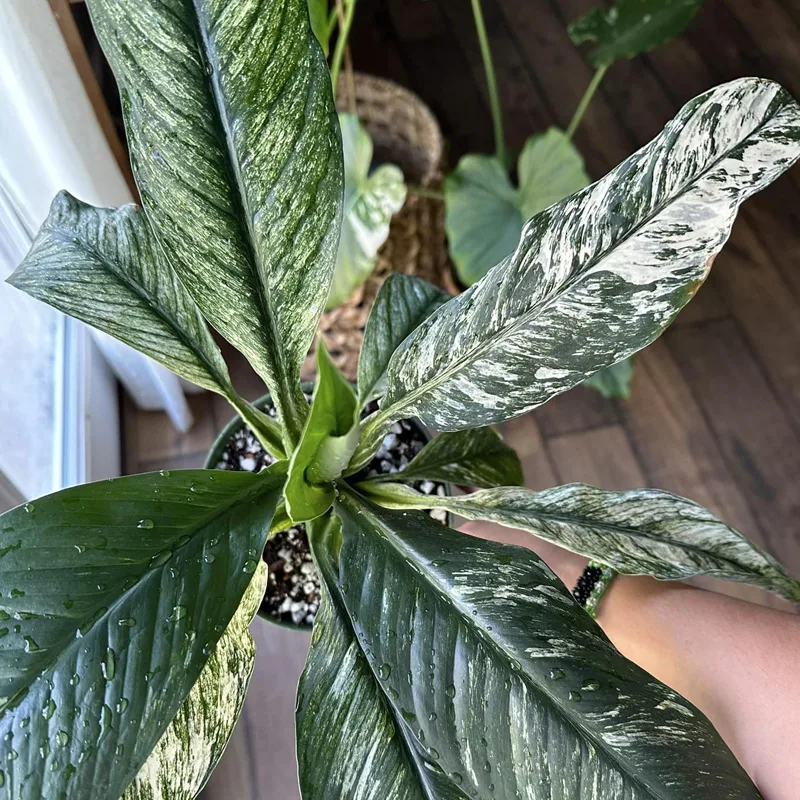The Hura Tree: A Botanical Curiosity
My name is Ferb Vu, and I’ve always been fascinated by the natural world, particularly the diverse and sometimes bizarre forms that plant life can take. One genus that has always captured my attention is Hura, a group of trees belonging to the Euphorbiaceae family. These aren’t your typical backyard trees; they possess unique characteristics that make them stand out in any botanical collection.
Distinctive Features of Hura
What makes Hura so intriguing? For starters, their trunks are covered in conical spines, giving them an almost menacing appearance. It’s as if they’re saying, “Approach with caution!” This distinctive feature has earned them the common name “sandbox tree,” as the spiny fruits were once used to hold sand for blotting ink.
But the spines are just the beginning. Hura trees are also known for their explosive seed dispersal. The fruit, a pumpkin-shaped capsule, can launch seeds at speeds of up to 70 meters per second! Imagine the surprise of anyone standing nearby when these botanical grenades go off. This remarkable mechanism ensures that the seeds are scattered far and wide, increasing the chances of successful germination.
And let’s not forget the milky sap that oozes from the tree when injured. This sap is highly toxic and can cause skin irritation and even blindness if it comes into contact with the eyes. It’s a potent reminder that beauty and danger can coexist in the natural world.
Species within the Hura Genus
While Hura might seem like a rare and exotic genus, it actually comprises two recognized species:
- Hura crepitans, commonly known as the sandbox tree or dynamite tree, is a large, tropical tree native to the tropical regions of the Americas. This distinctive species grows up to 60 meters tall, featuring a thick, spiky trunk covered in conical thorns, giving it a menacing appearance. Its fruit is notorious for explosive seed dispersal: when ripe, the capsule bursts open with a loud “bang,” propelling seeds far and wide, which inspired its nickname. The tree’s sap is toxic and can cause severe skin irritation, making it a notable plant for both its unique adaptations and its dangerous properties.
- Hura polyandra is another tropical species within the same genus, similar in some characteristics but generally less well-known than Hura crepitans. This species also grows in parts of Central and South America and can reach significant heights. Like its relative, Hura polyandra has a toxic latex sap that has been used by indigenous people to make poison for hunting. Its seeds are dispersed without the explosive mechanism of Hura crepitans, making it a bit less dramatic. However, it shares a similar ecological niche, thriving in warm, tropical climates and displaying resilience in rainforest habitats.
My Personal Encounter with Hura
I had the opportunity to encounter a Hura crepitans tree firsthand during a visit to a botanical garden. Standing before this imposing specimen, I was struck by its sheer size and the unusual texture of its spiny trunk. I cautiously approached, careful not to touch the sap, and marveled at the intricate patterns on the fruit capsules. It was a humbling experience to witness the power and ingenuity of nature embodied in this single tree.
The Importance of Botanical Exploration
My fascination with Hura underscores the importance of botanical exploration and research. There’s still so much we don’t know about the plant kingdom, and each new discovery has the potential to deepen our understanding of the natural world and inspire new innovations. Whether it’s the medicinal properties of a particular plant or the unique adaptations of a species like Hura, there’s always something new to learn.
As I continue my journey of discovery, I’m eager to explore more fascinating genera like Hura and share my passion for botany with others. The world of plants is full of wonder, and it’s up to us to appreciate and protect this invaluable resource.
If i die, water my plants!



